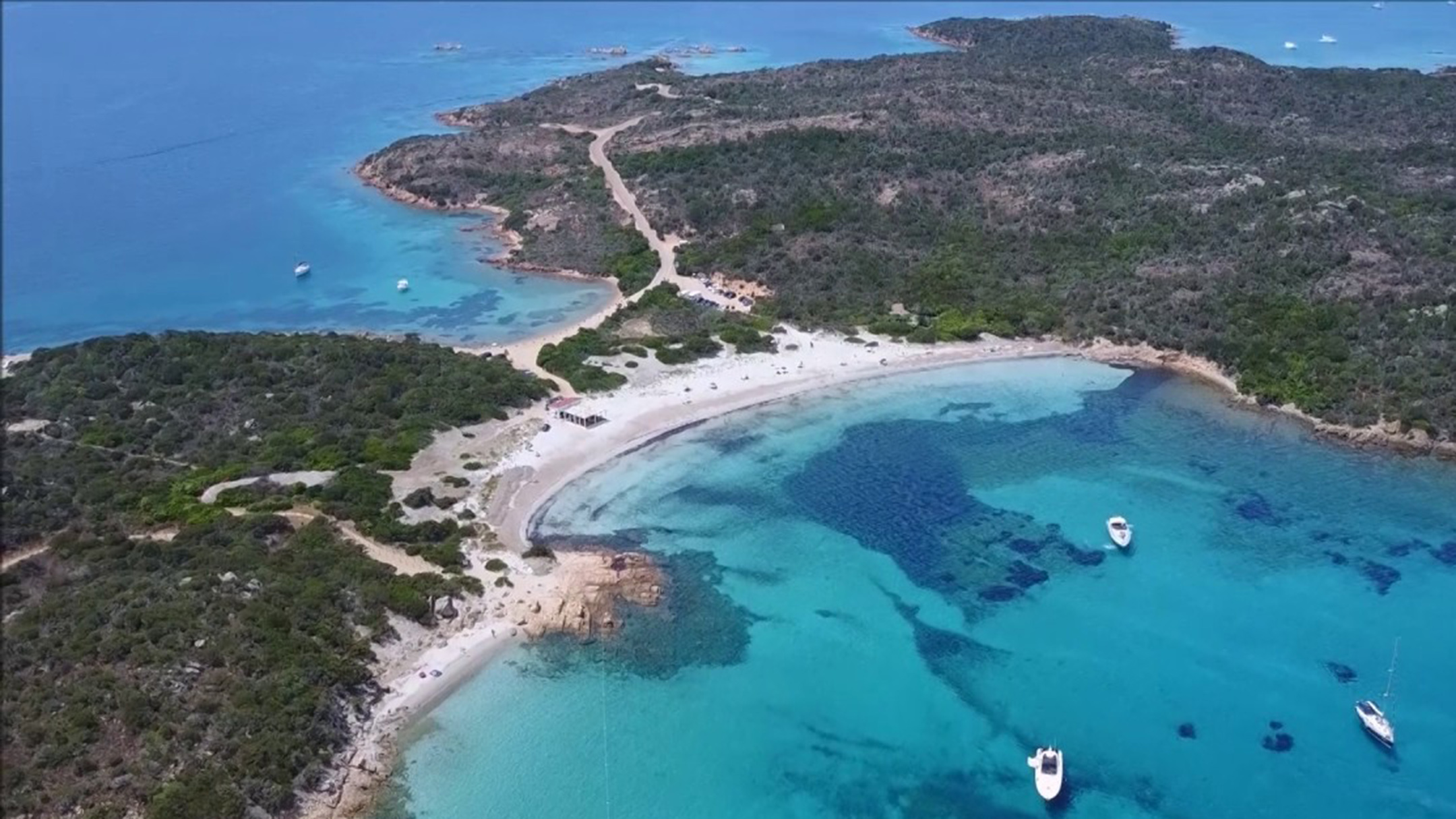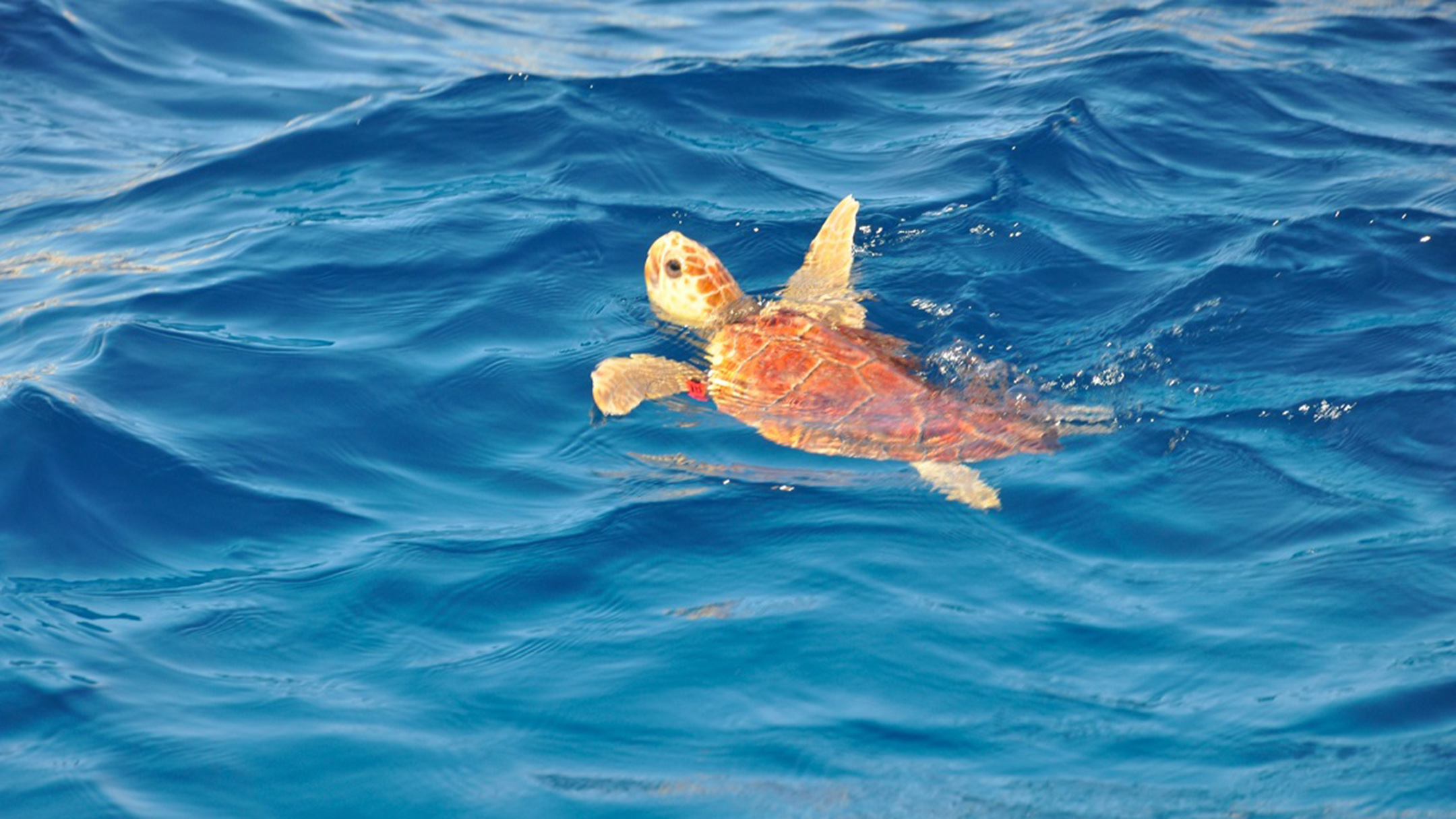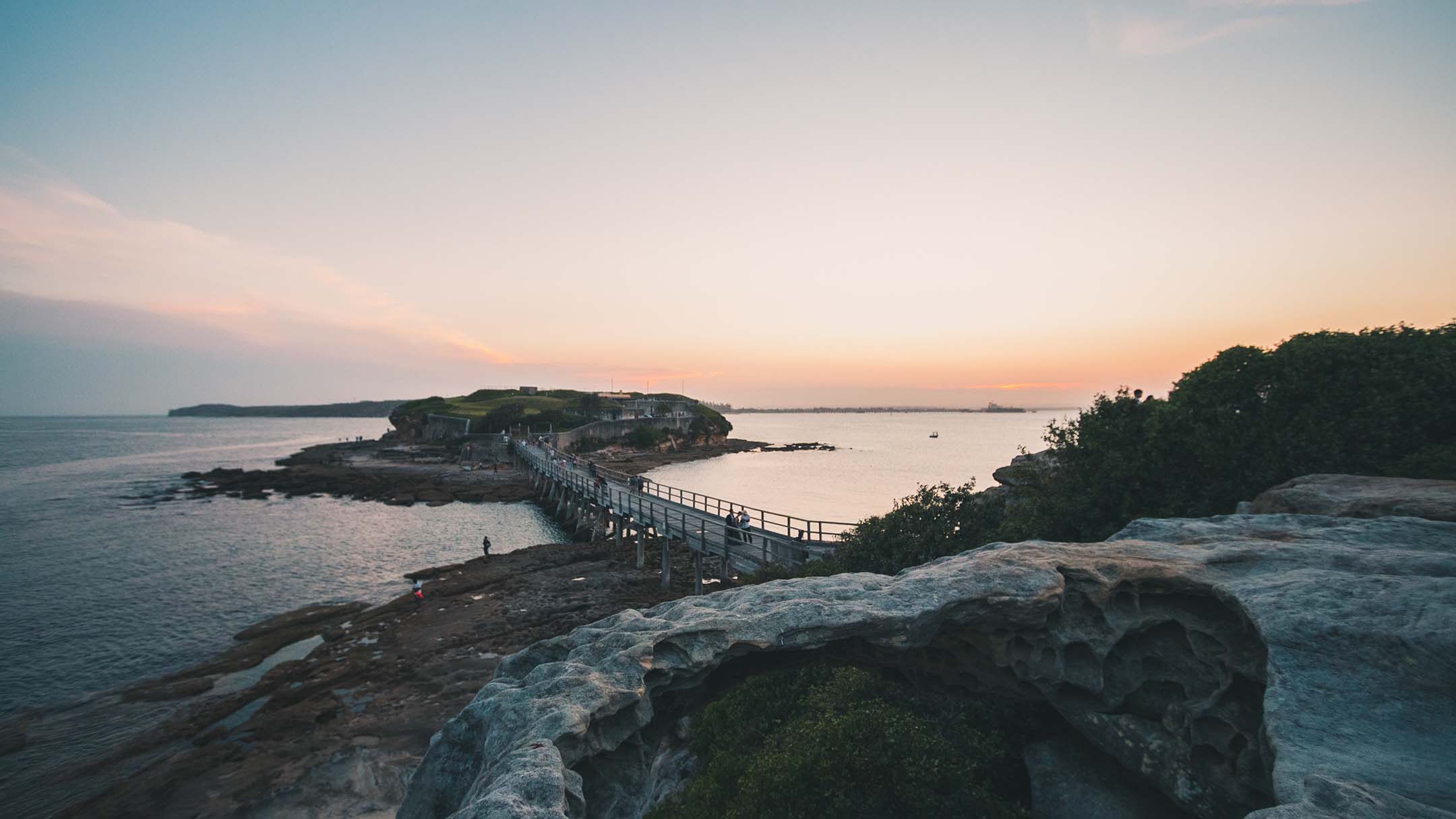The beaches of La Maddalena
A road runs all around the island’s perimeter, 45 kilometres of breath-taking views: granite and porphyry delimit jagged sections, lonely coves, silent coves, white beaches and turquoise sea, with rolling hills inland. La Maddalena is the big sister to about 60 islands and islets that make up the largest archipelago of Gallura and Sardinia, protected by the national park established in 1994, an unspoilt marvel of the Mediterranean.
The island is the ideal destination for holidays characterized by natural beauty: three kilometres from the inhabited paths through the Mediterranean scrub will let you discover the fjord of Cala Francese, famous for a precious granite quarry, a source of wealth for centuries. In the south, along the Padule road, you reach the Nido d’Aquila, near the military fort.
Not far away is another marvel of sand and smooth rocks, Punta Tegge. To the north lie are bays made of fine white sand dunes, surrounded by rocks shaped by time: Cala Lunga, Monti d’Arena and Bassa Trinita, a beach surmounted by an eighteenth-century church, a place of heartfelt devotion. In the east you will admire the delightful Spalmatore cove: cream-colored sand framed by Mediterranean vegetation and embellished with pink rocks.
The island, inhabited in prehistoric times, was abandoned by the fall of the Western Roman Empire until the seventeenth century, when a colony of Corsican shepherds settled there founding the current community. Its strategic position, an obligatory passage in the Bonifacio straits, made it a military outpost, of which today’s fortifications can be seen, and attracted, among others, Napoleon Bonaparte, after being fought off by the fleet led by Maddalena native Domenico Millelire (1793). It has long been a base for the Italian and US Navy, although the base was permanently abandoned at the beginning of 2008. US submarines stopped over in Santo Stefano, the fourth largest island in the archipelago. Today, La Maddalena houses a school for lieutenants and is home to a maritime compartment. The town, unique in the archipelago, is populated by over eleven thousand inhabitants. Its port overlooks Palau, from which it is 15 minutes by ferry. The stone-paved alleyways of the centre open onto 18th century buildings, including the Santa Maria Maddalena parish church. Its sacristy hosts the diocesan museum of holy art, where the treasure of the patron saint is displayed, including the crucifix and two silver candlesticks donated by Admiral Nelson (1804). This is the heart of the town’s historical memory. The small harbour of Cala Gavetta has a statue of Giuseppe Garibaldi, who lived out his last 26 years in Caprera, linked to La Maddalena by the Passo della Moneta, and famous for the Compendio Museale Garibaldino.
The second largest island of the archipelago was Garibaldi’s ‘garden’, famous today for the Compendio garibaldino, the most visited museum in Sardinia. The uncontaminated green is surrounded by beautiful coves, one more beautiful than the other: Coticcio cove, the Sardinian Tahiti, Cala Due dei Due and the beach of the Relitto. In Stagnali, a military village during the world wars and today an environmental education centre, there is the naturalistic geomineralogic museum, where you can admire rocks and rare minerals, such as huge quartz crystals, beach sands and fossils. In the town you can continue the cultural tour in the museum of the Sea and the naval archaeological museum named after Nino Lamboglia, dedicated to the wreck of Spargi, a Roman cargo ship, which shipwrecked in the waters of the splendid third Maddalena island around 120 BC. You will see the reconstruction of the split of the hull rebuilt to scale, containing the 200 wine amphorae and canteen vases found in the seabed.
As well as diving, Spargi offers you masterpieces of nature, among which Cala Corsara stands out , a bouquet of four impalpable sandy coves surrounded by junipers, brooms and sea lilies. From the port of La Maddalena you can set out by boat to discover the other islands of the park: next to it is Santo Stefano, dotted with coves, granite quarries and accommodation facilities; to the north-west Budelli, famous for the mythical (and inaccessible) pink beach, set of Antonioni’s ‘Red Desert’; in the far north the beautiful Razzoli and Santa Maria; to the south, facing the Costa Smeralda, the granitic islands of Bisce and Mortorio. home to rare birdlife.



























